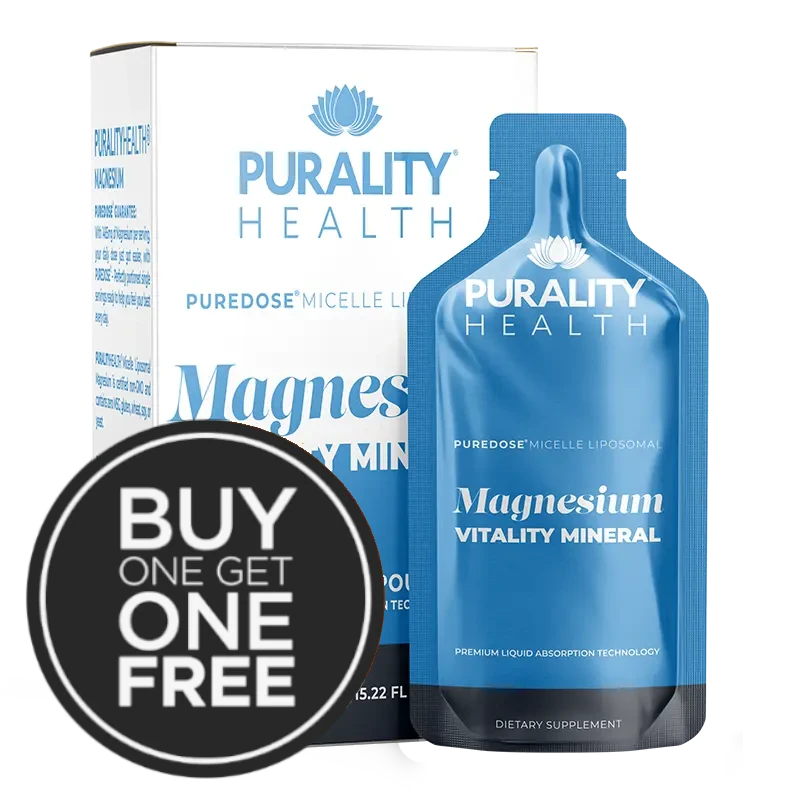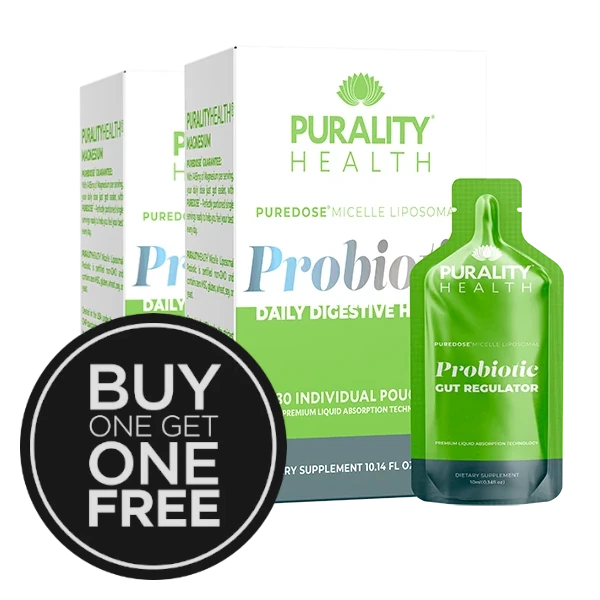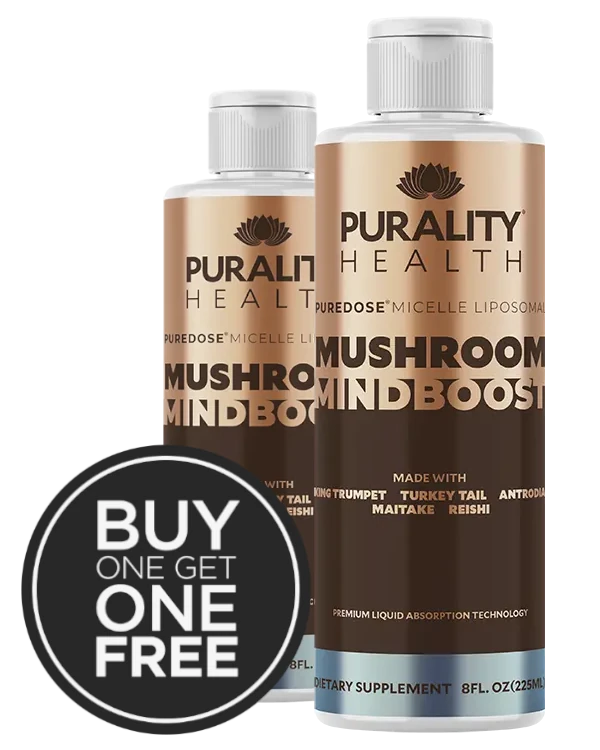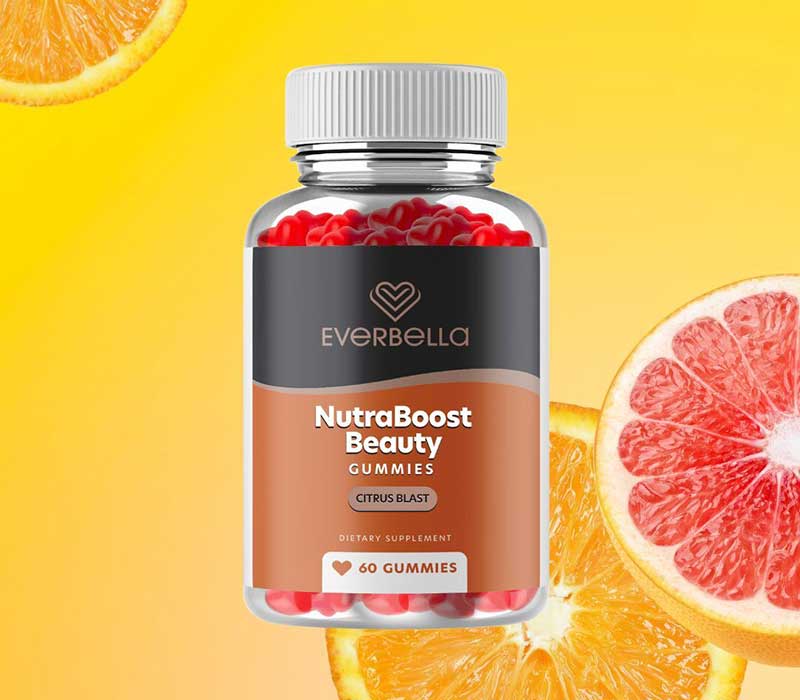Fats, The Good, The Bad, And The Ugly.

Fats, The Good, The Bad, And The Ugly
Fats are typically thought of as a bad thing. But that’s not always the case. In fact, fats can be really good for you!
Yes, there are plenty of foods with unhealthy fats — like certain meats, dairy products, and baked goods. But there are also foods with healthy fats — like avocados, nuts, and extra virgin olive oil. But what’s the difference?
Let’s look at some facts about fats — the ones you want, and the ones you should probably avoid.
 But first…
But first…
To understand fats, it helps to understand cholesterol.
Cholesterol is a type of fat found in the blood. Your liver makes it, but you can also get cholesterol from the foods you eat. Every cell in your body needs cholesterol to build up its protective layers. Cholesterol also plays a role in digestion and the creation of hormones like vitamin D. A healthy body makes enough cholesterol on its own to properly meet these functions.
There are two types of cholesterol — one good and one bad.
Good cholesterol or high-density lipoprotein (HDL) are healthy unsaturated fats that take excess cholesterol away from the blood and return it to the liver, preventing build up in the arteries.
Bad cholesterol or low-density lipoprotein are unhealthy saturated fats that can increase cholesterol. This can clog arteries, impacting heart health, weight, and brain function. It may also have a negative effect on the immune system and the body’s inflammatory response.
So what kind of fats should you not worry about and what kinds should you avoid? Just like cholesterol, there are good fats and bad fats…
 The Good
The Good
There are two types of fats our body needs called monounsaturated fats and polyunsaturated fats. These healthy fats are good for your heart and cholesterol levels.
Monounsaturated fats can help with weight management, support heart health, and promote a healthy inflammatory response. They can be found in nuts, avocados, and olive oil.
Polyunsaturated fats are needed for muscle health, nerve health, and to help manage the body’s inflammatory response. They’re essential — you can’t make them, but the body needs them to be healthy. There are two main types of polyunsaturated fats: omega-3 fatty acids and omega-6 fatty acids. They can be found in cold-water fish (mackerel, sardines, herring, rainbow trout, and salmon), canola and soybean oils, eggs, flax seed, walnuts, pecans, and pine nuts.
The Bad
There are two main types of unhealthy fats called saturated fats and trans fats. They do the opposite of healthy fats and are bad for your heart and cholesterol levels.
Saturated fats raise your bad (LDL) cholesterol, potentially causing it to build up. Saturated fats come mainly from animal sources like meats and dairy.
Trans fats are the worst type of fats you can consume. They’re worse than saturated fats because, while saturated fats raise your bad (LDL) cholesterol, it can also raise your good (HDL) cholesterol at the same time. However, not only do trans fats raise your bad cholesterol even more than saturated fats, it can actually decrease your good cholesterol at the same time. You’ll find trans fats predominately in processed foods, as it doesn’t often show up naturally (but can in some meat products).
 The Ugly
The Ugly
Speaking of processed foods — many contain hydrogenated oils. This is something to look out for, as it’s where good fats have been transformed into trans fats. This is to improve taste, texture, and extend shelf life.
But the ugly truth is that this over-consumption and ubiquity of bad fats is causing many people to have heart problems. This is why it’s important to know the difference between the fats in the foods you purchase, so that you can help keep you and your family healthy.
In fact, many countries — including Denmark, Brazil, Canada, and the United States — have put bans and limits on trans fats in manufactured food products to help the heart health of their citizenry.
How Can You Tell If Your Cholesterol Is High?
Unfortunately, the signs of high cholesterol can be general — like fatigue, back discomfort, or nausea — making it difficult to pinpoint. That’s why it’s wise to regularly check in with your doctor for a blood test. The goal is to keep LDL low and HDL high by eating more plant-based foods to reduce the amount of saturated fat you eat. Lean toward more good fats like polyunsaturated fats and monounsaturated fats in your diet.
If you find that you have high amounts of bad cholesterol, limiting bad fats in your diet, exercising, and following any advice given by your doctor can balance your cholesterol levels and help you be the healthiest version of yourself.
PuraTHRIVE Can Help
For high cholesterol, doctors will sometimes recommend niacin. This is vitamin B3. It helps by increasing good cholesterol and lowering bad fats in the body that can have a negative impact on heart health.
PuraTHRIVE’s Active B-complex not only contains vitamin B3, but all the other B-vitamins — and they’re all infused with our micelle liposomal formula for enhanced absorption. It also contains NINE essential minerals.
It really is one of the best ways to ensure you’re getting what you need — and can actually absorb it!
Click Here To Learn More

References:
Healthline, 7 reasons to avoid greasy foods, by Elise Mandl, BSc, APD, February 17, 2021,
https://www.healthline.com/nutrition/greasy-food
Cholesterol, MEDLINE/PubMed, NLM’s database of biomedical journal literature, https://vsearch.nlm.nih.gov/vivisimo/cgi-bin/query-meta?v%3Aproject=medlineplus&v%3Asources=medlineplus-bundle&query=cholesterol&_ga=2.33534200.713689883.1614025755-1224767411.1614025755
Dietary fats, oils and cholesterol, Health Seakers, Heart and Stroke, https://www.heartandstroke.ca/healthy-living/healthy-eating/fats-and-oils
Institute, N.C., Risk Factor Monitoring and Methods: Table 1. Top Food Sources of Saturated Fat among U.S. Population, 2005–2006. NHANES.
https://www.hsph.harvard.edu/nutritionsource/what-should-you-eat/fats-and-cholesterol/types-of-fat/














 But first…
But first… The Good
The Good The Ugly
The Ugly